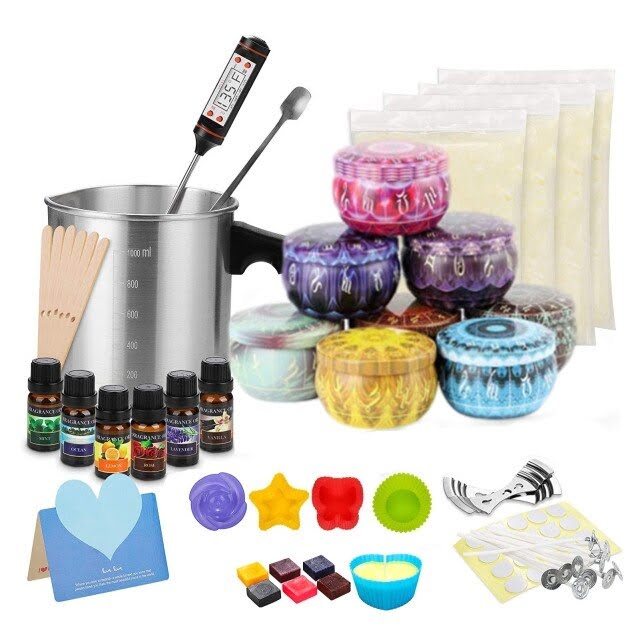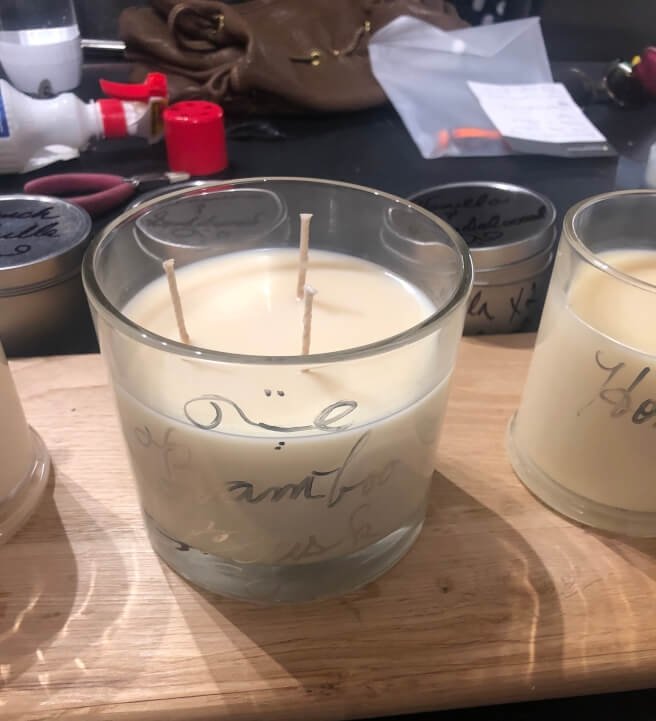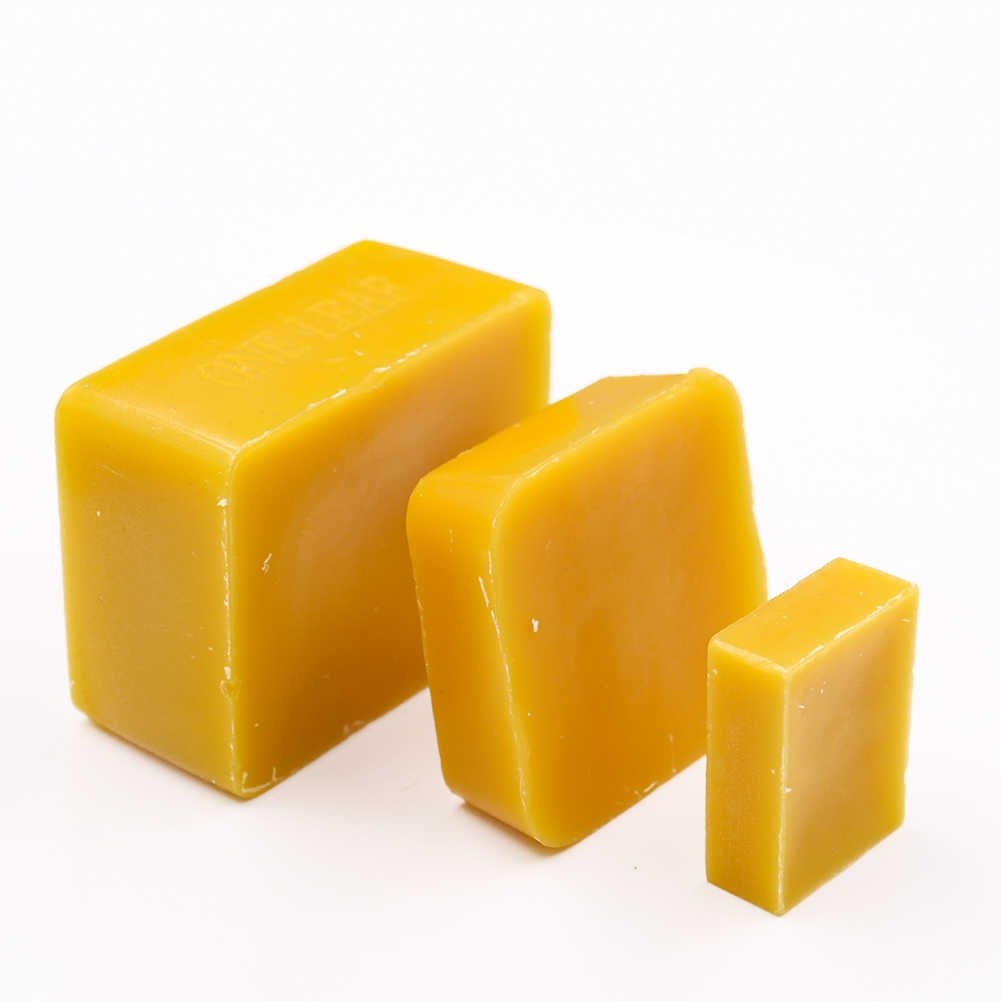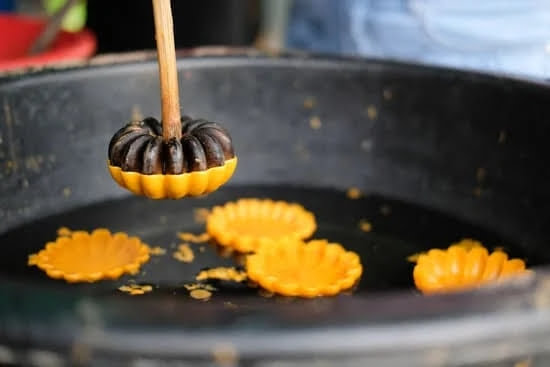Introduction to Natural Candle Scents
Candles are one of the most popular items used to create a relaxing and pleasant atmosphere. There are many different options available when it comes to scents: you can buy pre-scented candles or make them yourself with natural ingredients. Natural candle scents offer a much wider variety of scent choices, as well as being free of chemicals and other artificial additives.
Herbs and flowers are among the most common natural scents used in candle making. Popular herbs to include are rosemary, lavender, and jasmine, while flowers such as chamomile, lavender, and rose petals help achieve lighter, softer scents. For stronger scented candles, you can use spices like cinnamon or clove. You don’t need to limit yourself to just one scent; instead combine two or three together for unique aromas! Essential oils can also be added for additional fragrance.
When making candles with natural ingredients, you will need to melt down your choice of wax first before adding in any scenting material. In general beeswax is preferred for natural candles as it offers better fragrance retention than paraffin waxes, but these may also be used if desired. If both types of waxes are mixed together they can yield great results! Once melted down add in a few drops of essential oils or your chosen herb/flower basket and then stir them into the hot wax until fully dissolved.
Once all ingredients have been blended pour the mixture into a suitable container (such as molds) and leave to cool completely before using your homemade natural scented candles!
Essential Oils for Candles
Lavender Essential Oil – Lavender is a perfect essential oil for calming the mind and promoting relaxation. Its sweet, floral aroma can help make a candle smell inviting and warm.
Bergamot Essential Oil – Bergamot is an uplifting and calming oil that has a slightly sweet, citrus-y aroma. It can create an atmosphere of peace and harmony while providing a bit of brightness to any candle’s scent.
Rose Geranium Essential Oil – Rose geranium is floral, rosy, with a hint of minty freshness. It’s great for creating romantic environments or simply crafting a peaceful and inviting atmosphere.
Ylang Ylang Essential Oil – Ylang ylang has sweet, seductive aromas that can bring warmth and passion to the overall scent of your candles. It’s earthy yet exotic; sensual yet still lighthearted when combined in a blend.
Rosewood Essential Oil – Rosewood has a woodsy aroma that has earthy depths but also brings peace with its light floral notes. Its nature inspired scent makes it ideal for promoting inner balance and joyfulness in any space.
Sandalwood Essential Oil – Sandalwood is often seen as deeply warm, soft, and robust, making it an incredibly grounding addition to many candles’ aromas. Perfect for achieving elegance and sophistication, sandalwood helps you create memorable moments with its unmistakable richness.
Natural Candles Tips & Tricks
A great way to add decorative design and detail to natural candles is to use dried flowers, herbs, spices, or other natural ingredients as accents. For example, placing dried rose petals around the outside of a white candle will give a pretty floral look that is sure to please anyone! Other materials such as dried citrus peels or cinnamon sticks can also be used in creative ways to give the candles character. To keep the scent long-lasting, its best to purchase high quality fragrance oils and essential oils. A few drops of the oil can be added directly into the wax before it hardens for an evenly scented candle experience. Adding drops directly onto each layer of wax after pouring is another option. If you are looking for a more subtle scent, combining two complimentary fragrances in low concentrations can help create an inviting aroma that lasts through several burns of the candle. Finally, adding color pigments during pouring may produce more beautiful appearance and brighter colors for any style of candle desired.
Scent Combinations and Ideas
Scent combinations are a great way to add character and uniqueness to your candles. There are hundreds of different scent combinations available, but here are a few examples for inspiration:
• Citrus Spice – A combination of citrus fruits such as orange, lemon, lime and grapefruit with warm spices like cinnamon, nutmeg and clove.
• Vanilla Mint – The sweet aroma of vanilla paired with the refreshing hint of mint creates an unforgettable fragrance.
• Flower Power– A blend of rose, jasmine, chamomile and lavender bring out the best in each other in this powerhouse duo!
• Apple Cinnamon – Nothing says fall quite like apples and cinnamon. This comforting pitch is sure to be a hit with all your customers.
• Coconut Lime – For a taste of the tropics try out this tropical combo! Sweet coconut mixed with zesty lime will make anyone think they’re lounging on a white-sand beach!
No matter what scent combination you choose for your candles, there is no wrong answer as long as you create something unique and true to your own style! If you’re stuck on ideas don’t be afraid to experiment with different scents until you find the perfect combination for your candle.
Making Natural Scented Candles at Home
Materials:
-Organic Beeswax
-Organic Candle Wax
-Organic Soy Wax
-Color Dye (optional)
-Natural Fragrance Oils
-Hemp or Cotton Wick
Tools:
-Double Boiler or Melting Pot
-Saucepan or Heat-proof Container for Hot Water
-Glass Container for Melting the Waxes Together
-Candy Thermometer
-Stirring Stick (wood, popsicle stick, craft stick, chopstick)
-Molds or Containers for Pouring Candles (as desired)
Maintaining Natural Candles
When storing natural candles, always keep them in a cool, dry place. Avoid placing them in direct sunlight, near a window or an area that gets warm from household appliances like a toaster oven. Doing this will help prevent the wax from melting and fragrances from fading. Additionally, it’s best to store all of your scented candles in separate containers if possible to help keep the fragrances from mingling and becoming faint. Remember to also keep your waxed wicks trimmed to 1/4 inch – this will help reduce the risk of large flames when lighting the candle.
Conclusion
To create a truly unique and one-of-a-kind scent, there are several methods readers can experiment with. For example, adding a few drops of an essential oil to the wax as it’s melted can add a hint of fragrance. Scents like peppermint, rosemary, lavender, eucalyptus, or lemon are popular choices for adding a natural scent to your candles. Additionally, readers could try mixing different combinations of oils together to create something new and exciting. Additionally, dried herbs and flowers like chamomile and lavender easily infuse into wax during the melting process for an all-natural scent. With so many variations available for scented candles, there’s the opportunity to make something truly special that is all your own!

Welcome to my candle making blog! In this blog, I will be sharing my tips and tricks for making candles. I will also be sharing some of my favorite recipes.





